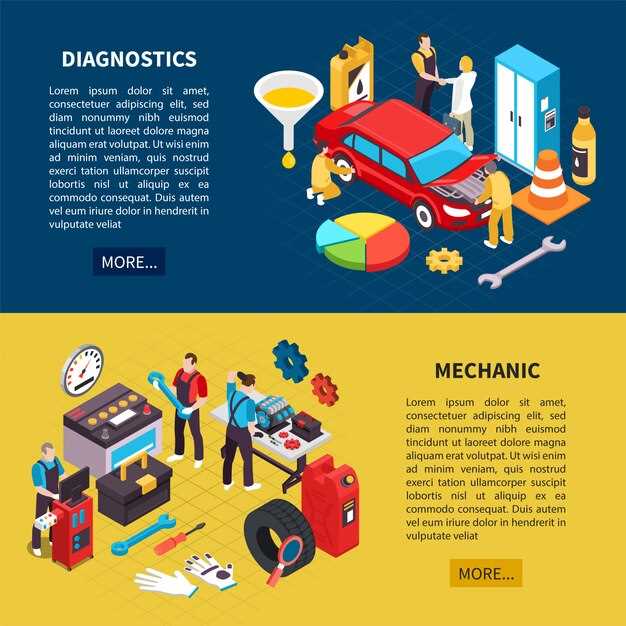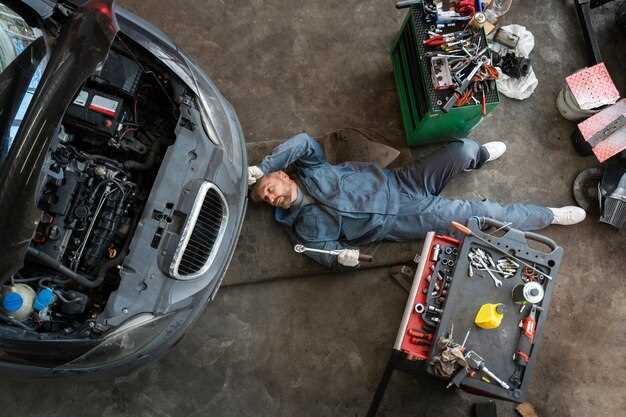
Owning a race car is a thrilling experience, but it comes with the responsibility of ensuring that your vehicle is always in top condition. Proper care and maintenance are crucial for achieving peak performance on the track. With countless factors impacting a car’s efficiency during a race, understanding what to prioritize can make all the difference in your overall success.
From engine health to tire management, maintaining your race car requires a comprehensive approach that focuses on both mechanical and physical aspects. Regular inspection and timely adjustments can help prevent minor issues from evolving into significant problems that could affect your performance. This article outlines essential maintenance tips that will help you keep your race car performing at its best, ensuring you remain competitive.
Investing time and resources into your race car’s maintenance not only enhances its longevity but also maximizes your racing experience. By adhering to best practices in car care, you set the stage for exhilarating races and improved results. Let’s dive into the key aspects of maintaining your race car for peak performance.
Regularly Check and Replace Engine Fluids
Maintaining optimal performance in a race car requires diligent attention to engine fluids. Regular checks of oil, coolant, transmission fluid, and brake fluid are essential for preventing overheating, ensuring smooth gear shifts, and maintaining braking efficiency.
Engine oil plays a crucial role in reducing friction and wear between moving parts. High-performance vehicles often use synthetic oils that can handle extreme conditions better than conventional oils. It is vital to check the oil level and quality frequently. If the oil appears dirty or the level is low, it should be replaced immediately.
Coolant is another fluid that requires regular inspection. It keeps the engine at an optimal temperature, especially during intense racing situations. Ensure that coolant levels are topped off and check for any signs of leaks or deterioration. Flushing the cooling system at recommended intervals can help prevent overheating and engine damage.
Transmission fluid is essential for proper gear functionality. Low or contaminated transmission fluid can lead to poor shifting and ultimately transmission failure. Always inspect the fluid’s condition and replace it according to the manufacturer’s specifications to ensure that your race car performs consistently.
Lastly, brake fluid is critical for safe and effective stopping power. This fluid absorbs moisture over time, which can reduce the boiling point and lead to brake failure. Regularly check the brake fluid level and replace it if it appears discolored or has been in use for an extended period.
By regularly checking and replacing engine fluids, you help your race car maintain peak performance, maximize reliability, and enhance overall safety on the track.
Inspect and Maintain Tire Condition and Pressure

Tires are one of the most critical components of a race car, directly influencing performance, handling, and safety. Regular inspection and maintenance of tire condition and pressure are essential for optimal performance on the track.
Begin by checking the tread depth of your tires. Adequate tread depth ensures proper grip during high-speed cornering and braking. Use a tread depth gauge to measure this; if the tread is worn down to the wear indicators, it’s time for a replacement. Additionally, inspect for irregular wear patterns, which can indicate alignment or suspension issues that need addressing.
Next, assess the overall condition of the tires. Look for any signs of damage, such as cuts, punctures, or bulges. These imperfections can lead to tire failure at high speeds, jeopardizing both safety and performance. If any significant damage is found, consider replacing the tire instead of trying to patch it.
Maintaining the correct tire pressure is just as critical. Under-inflated tires can lead to increased rolling resistance, causing slower lap times and greater fuel consumption. Conversely, over-inflated tires can reduce the contact patch, compromising grip and leading to uneven wear. Refer to your race car’s specifications to determine the ideal tire pressure for your specific setup and track conditions.
Regularly checking tire pressure before each session is a must. Use an accurate tire pressure gauge and adjust the pressure as needed. For those competing in races, consider adjusting tire pressure based on track temperature and conditions–cooler surfaces may require higher pressures, while warmer ones may need lower settings for better grip.
Lastly, rotate your tires periodically to ensure even wear across all tires. This practice extends the lifespan of each tire and helps maintain consistent handling characteristics throughout your races.
By diligently inspecting and maintaining tire condition and pressure, you enhance your race car’s performance, safety, and overall reliability on the track.
Perform Routine Brake System Evaluations

In the world of racing, the importance of a finely tuned brake system cannot be overstated. Consistent maintenance of your race car’s brakes is essential for ensuring optimal performance on the track. Regular evaluations help identify any potential issues before they become critical, ultimately enhancing both safety and speed.
Start by inspecting the brake pads and rotors frequently. Worn brake pads can significantly decrease stopping power, while damaged rotors can lead to uneven braking and increased wear. Pay close attention to the thickness of the pads; replacing them before they reach the wear limit can prevent further damage to the brake system.
Additionally, check the brake fluid levels and quality. Old or contaminated brake fluid can lead to decreased performance and potential brake failure. Flushing the brake system at regular intervals ensures that the fluid remains effective and can handle the high temperatures generated during race conditions.
It is also recommended to examine the brake lines and hoses for any signs of wear or leaks. Any compromised parts can lead to hydraulic issues that may result in sudden brake failure. Replacing aging components proactively can save you from catastrophic failures during a race.
Finally, ensure that your brake system is properly adjusted and aligned. Misalignment can cause uneven wear and unpredictable handling. Keeping the system in optimal condition requires attention to detail and a commitment to maintenance; this will give you the confidence to push your race car to its limits.
By incorporating routine brake system evaluations into your care regimen, you not only enhance your vehicle’s performance but also ensure your safety on the track. A well-maintained brake system is a critical aspect of achieving peak race results.












